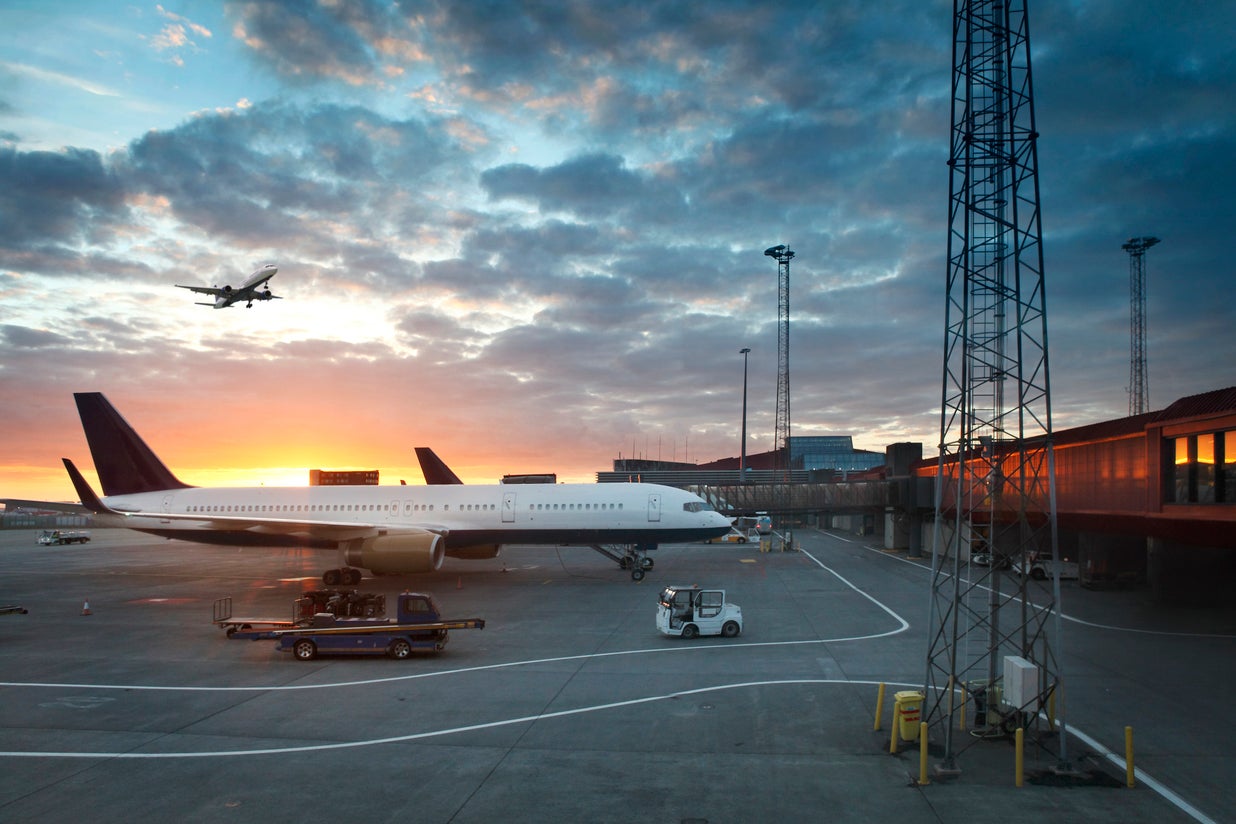Europe's fastest-growing airports, from Reykjavik to Manchester
Passenger numbers via Iceland and UK holiday airports are soaring

Your support helps us to tell the story
From reproductive rights to climate change to Big Tech, The Independent is on the ground when the story is developing. Whether it's investigating the financials of Elon Musk's pro-Trump PAC or producing our latest documentary, 'The A Word', which shines a light on the American women fighting for reproductive rights, we know how important it is to parse out the facts from the messaging.
At such a critical moment in US history, we need reporters on the ground. Your donation allows us to keep sending journalists to speak to both sides of the story.
The Independent is trusted by Americans across the entire political spectrum. And unlike many other quality news outlets, we choose not to lock Americans out of our reporting and analysis with paywalls. We believe quality journalism should be available to everyone, paid for by those who can afford it.
Your support makes all the difference.Plenty of passengers are feeling the squeeze, as “densification” of aircraft seating cuts costs per traveller and boosts profits. But the skies are also more congested. In the past five years, the number of passengers in the European skies has increased by 30 per cent – with year-on-year growth at 9 per cent in the first six months of 2017, according to Airports Council International Europe.
I’ve digested all the figures from ACI Europe, the body that represents the continent’s airports, so that you don’t have to. Trust me, these are the best bits.
The star performer: Keflavik airport in Iceland, which saw 40 per cent more passengers between January and June this year compared with 2016. The departures board looks as impressive as a “standard size” European airport. Six flights are scheduled to depart at 10.30am on Thursday, for example - to Boston, New York, Seattle, Toronto and Washington DC on Icelandair, and to Copenhagen on SAS. And this is for a city of 120,000 people and a nation of one-third of a million.
Later in the day, some entrants in the “routes you never thought you would see” category include Reykjavik to Pittsburgh and to Lyon on Wow Air.
Cynics might see this amount of aeronautical activity as a bubble waiting to burst, but proponents say it is simply a reflection of Iceland’s appeal and geographical advantage – perfectly poised between Europe and North America.
The next best performing nation is Russia, where the three leading airports are seeing passenger growth at a remarkable rate. St Petersburg is up 26 per cent, while the two key Moscow gateways are also soaring. Sheremetyevo, the hub for Aeroflot, has seen an 18 per cent rise. And Domodedovo, which British Airways shares with its Russian partner, S7, is up 10 per cent.
Partly that is due to recovery following a slump in the Russian market; in 2015, the Transaero airline failed, and in the same year easyJet axed its London Gatwick-Moscow Domodedovo route.
Resurgence is also behind two of the other strong performances: Brussels, which had a dreadful 2016 with the terrorist attack in March; and Antalya in Turkey, where passenger numbers are slowly returning after the slump in tourism to the troubled nation.
When such issues are stripped away, and you look at “real” growth, two airports stand out: Manchester (up 13 per cent) and Gatwick (9 per cent higher). And both of them have made remarkable achievements.
Manchester is now firmly in the top 20 European airports, yet it shares none of the main characteristics of the other 19. It doesn’t serve a capital (London, Paris, Rome etc.), it’s not a hub (Amsterdam, Frankfurt, Istanbul etc.) and it’s not a key inbound destination (Barcelona, Palma). All the more remarkable, then, that it has grown to be a more significant airport than Stockholm, Vienna and Lisbon.
Gatwick handled as many passengers in July (4.7 million) as airports such as Belgrade, Pisa and even Newcastle handle in a year. With an average of 150,000 people in or out each day in July, the Sussex airport is extracting an absurd amount of capacity from its single runway. How much more can be squeezed out – and what are the consequences in terms of resilience, or lack of it? I shall be watching.
Meanwhile, if you like your airports quiet, allow me to direct you to Taranto on the heel of Italy. In June, just 16 commercial passengers passed through. Gatwick gets through that many people in 10 seconds.
Join our commenting forum
Join thought-provoking conversations, follow other Independent readers and see their replies
Comments